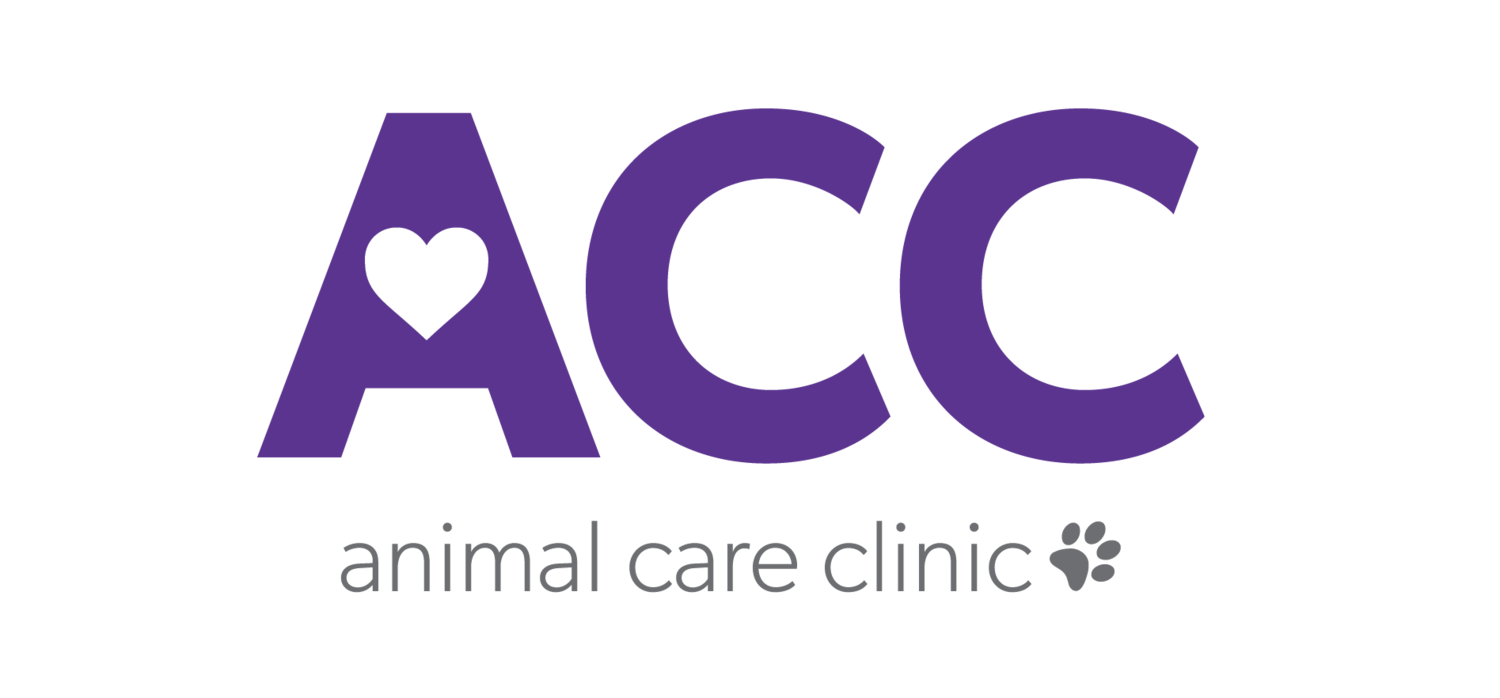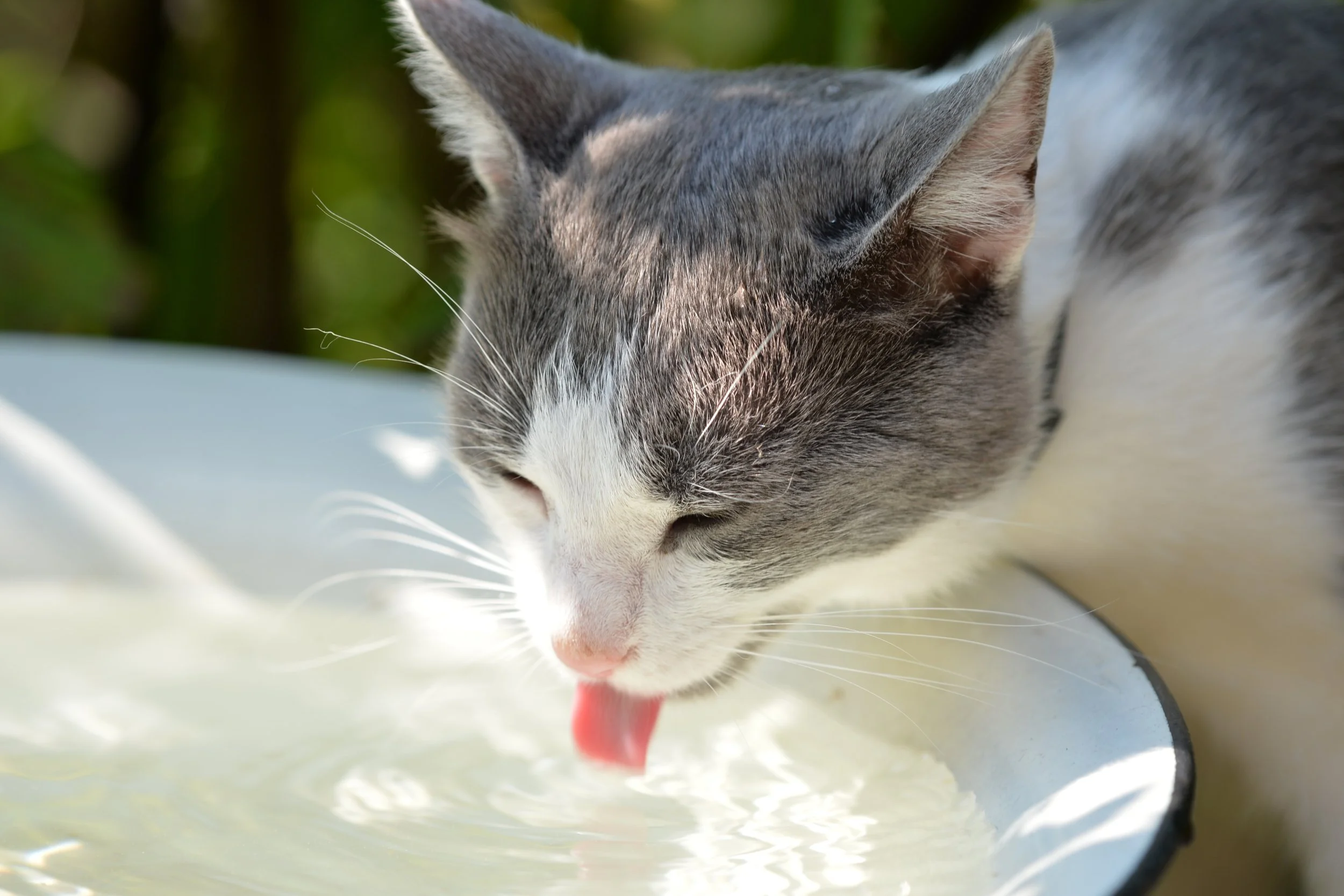Dehydration can affect any animal, and it is important to watch for it in your cats. Often, cats can run quite low on water before showing the most obvious signs of the condition, so knowing some of the earlier markers will help you keep your cat healthy.
What Causes Dehydration in Cats?
The most obvious cause is lack of access to water, and this is also the most common one. It isn't always easy to tell if access is available. When there are multiple pets in a household, one or more may be blocked from the water bowl by the more dominant of the animals.
Other causes for lack of water access include people forgetting to fill up the water bowl. If the animal is an outdoor cat, extended dry periods and the subsequent lack of puddles can also result in dehydration.
Certain diseases can also cause cats to lose much more water than normal.
How Much Water Does My Cat Need?
The typical cat needs to consume four ounces of water for every five pounds of body weight on a daily basis. Not all of this needs to come from lapping it up by itself. Wet cat foods contain up to 80% water, so a cat on a wet diet can sometimes get all of the water it needs just from this food.
Like with humans, the need for water goes up and down a bit due to activity levels and how hot it is where the cat is living.
What Are the General Symptoms of Dehydration in Cats?
Dry or tacky mucous membranes, typically observed by checking the gums, are hallmark signs of dehydration. Skin turgor, or the skin's ability to snap back into place, can also be checked. To do this, just lift a bit of the skin over the shoulders and see if it snaps back. If the cat is well-hydrated, it will return to its original position right away. One exception: Elderly cats often have skin that won't snap back even if they're properly hydrated.
What Should I Do if My Cat Is Dehydrated?
First, make sure the cat has access to enough water. Give a bowl of water that cannot be interfered with by other pets in the house, and see if the cat drinks it.
Some cats have such an aversion to water that they won't drink enough even if it's readily available. In these cases, you can try to entice your cat to drink more by using a fountain-style cat waterer.
Another way to get more water into your cat is to feed it wet food. Even water-hating cats typically love this form of food.
How Is Dehydration Treated?
If the dehydration is bad enough to seek veterinary care, it will often be treated the same as in humans. An IV of saline solution is a standard treatment. In cats, subcutaneous (under the skin) injections of saline solution are also possible.
How Can I Prevent Dehydration In My Cat?
Make sure plenty of water is available at all times, whether your cat lives indoors or outside. If there are multiple pets in the household, watch and make sure that none of them are preventing each other from actually getting to and drinking from the water bowl.
If your cat won't drink enough even when there is water out, switch to wet cat food to provide the water in a more palatable form.
For in-person help with feline dehydration, or any other pet health issue, make an appointment with our veterinarians today. We'll be happy to help you keep your pet hydrated and healthy!

